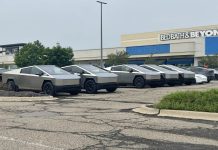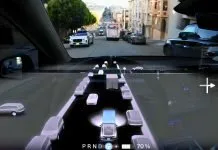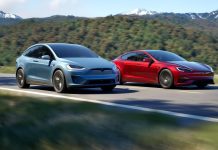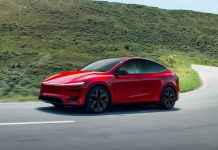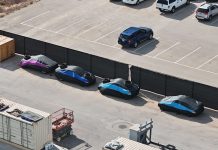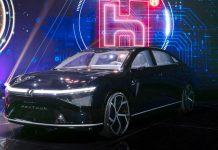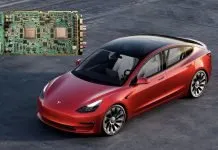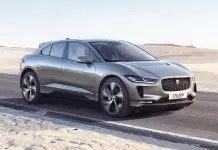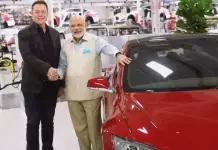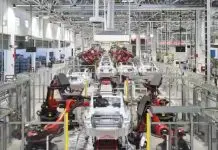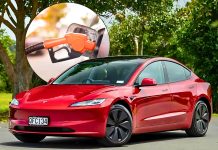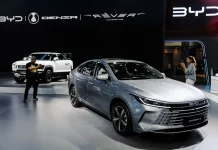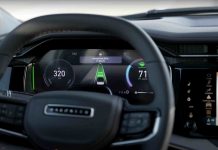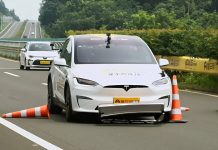The much-hyped Cybertruck seems to have reached the end of the road in the market, and at the moment, other projects of Elon Musk, SpaceX, and xAI are coming to the rescue. Recently, hundreds of Cybertrucks have been seen being transported to SpaceX Starbase in Texas and to the offices of xAI, leading to discussion of whether Musk is having his own businesses employ his private companies to take up Tesla inventory that has not been sold.
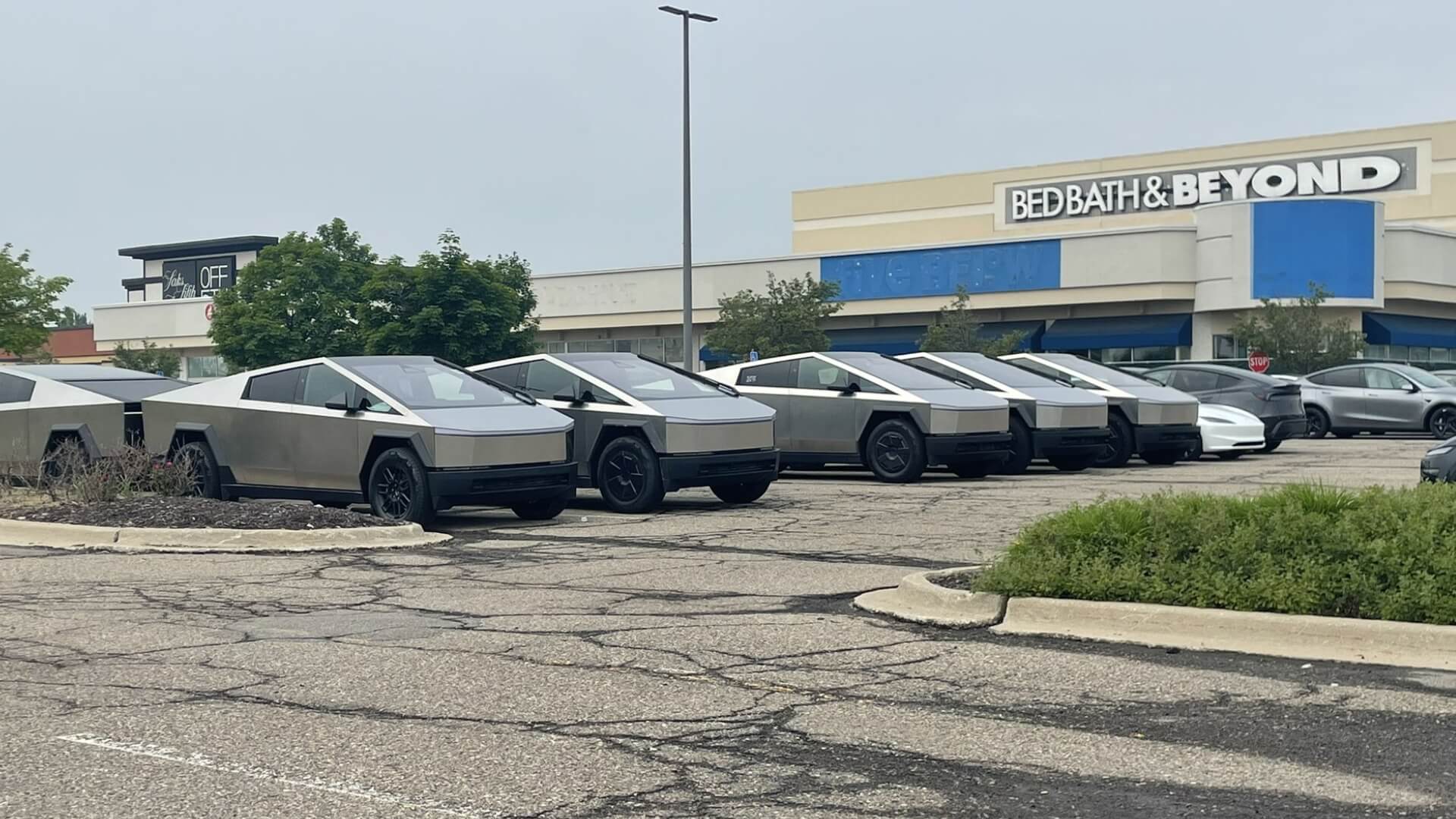
The Rough Launch of Tesla’s Most Anticipated Vehicle
In 2019, Tesla launched the Cybertruck, which was promoted as a game-changer in the truck industry due to being an electric pickup. It was estimated that the company would produce more than 250,000 units every year, with the demand being overwhelming by consumers and business fleets. But the sales have been way below expectations for almost one year following the commencement of mass production.
Similar industry analysts opine that Tesla is selling about 20,000 Cybertrucks annually, which is hardly 10% of its intended capacity. That usage constitutes a gross underperformance by an automaker, particularly with the nature of the project capital-intensive. Although the quantity of production has decreased, the stockpiling of inventory in Tesla’s premises has been increasingly evident, and this is an indication of unresolved demand problems.
SpaceX and xAI to the Rescue
In the last few weeks, several reports and eyewitness testimonies revealed that truckloads of Cybertrucks were being transported to other businesses of Musk. SpaceX is already known to have taken in hundreds of units at its Starbase site, and it will get more in the near future. In the meantime, xAI, which is an artificial intelligence firm owned by Musk, has been receiving deliveries of the futuristic electric pickup.
Wes Morrill, the Tesla engineer in charge of the Cybertruck program, wrote on social media about the deliveries:
“Love to see the ICE support fleets from Tesla and SpaceX get replaced with Cybertruck. When we were engineering it, this was always part of the dream,” Morrill wrote. “Never imagined how hard the fleet photos at Starbase would go. Looking forward to more of this.”
Morrill was not clear on the number of Cybertrucks SpaceX will ultimately buy, but observers in the industry think there is a possibility that it may buy thousands of them.
Controlling Demand or Controlling Perception?
In the context of Tesla, which experiences a drop in orders and the impending spillover of federal EV tax breaks, internal orders that would drive the improvement in the number of deliveries per quarter may help the company.
According to some analysts, Musk was making the purchases at an opportune time. Recent tax law gives buyers who had deposited nonrefundable funds before the end of Q3 the option of getting credits on vehicles delivered in Q4. Tesla could potentially ship those vehicles in the 4th quarter and improve its financial performance before the earnings season by having SpaceX and xAI make large orders within this window.
The Bigger Picture
The problems of the Cybertruck also bring into doubt the overall product strategy of Tesla. To be considered the most innovative automaker in the world, Tesla has now entered the maturing EV market that has been penetrated by traditional manufacturers such as Ford and Rivian. The Cybertruck has been restricted in its fan base to the most ardent Tesla fans because of high prices, polarizing design, and lack of a timeline to start production.
In the meantime, the priorities of Musk have been moving more towards SpaceX, xAI, and others. Although the companies are performing well in their respective fields, the main automotive business of Tesla seems to be losing momentum.

